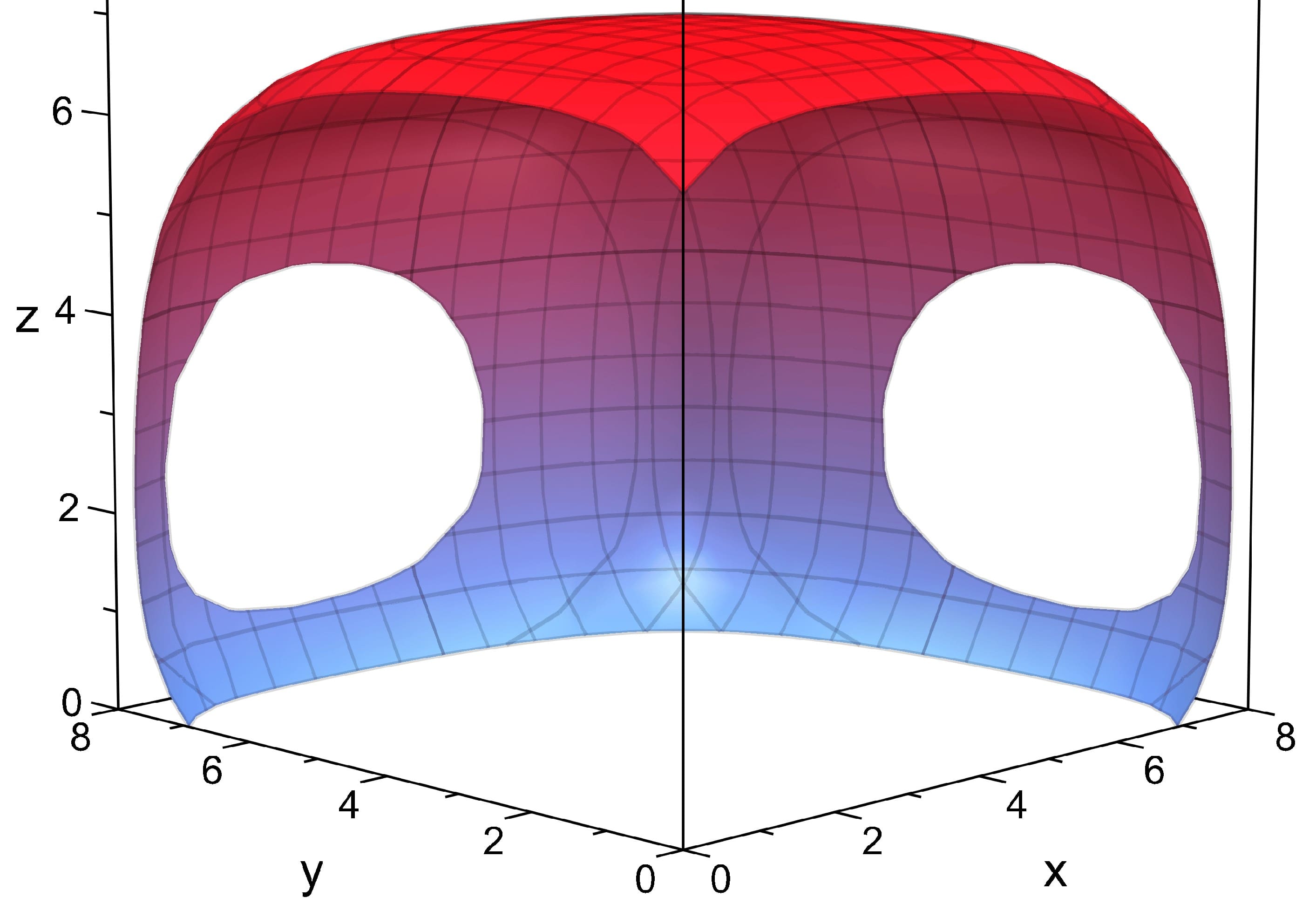
Dirichlet's Theorem, a fundamental concept in number theory, has intrigued mathematicians for generations. This theorem, named after the eminent mathematician Peter Gustav Lejeune Dirichlet, provides profound insights into the distribution of prime numbers in arithmetic progressions. Understanding this theorem not only sheds light on the intricate patterns within the realm of prime numbers but also unveils the elegance of mathematical reasoning.
In this article, we will delve into six essential facts about Dirichlet's Theorem, unraveling its significance and implications. From its historical origins to its modern-day applications, we will explore the theorem's impact on number theory and its relevance in contemporary mathematical research. By uncovering the intricacies of Dirichlet's Theorem, we aim to provide a comprehensive overview that illuminates its profound influence on the field of mathematics. Join us on this captivating journey through the realm of number theory as we unravel the mysteries of Dirichlet's Theorem.
Key Takeaways:
- Dirichlet’s Theorem proves that there are infinite prime numbers in certain patterns, unlocking secrets of prime numbers that have fascinated mathematicians for centuries.
- This theorem, proven by Dirichlet, has practical uses in cryptography and continues to inspire new mathematical discoveries, showing the timeless allure of number theory.
Dirichlet's Theorem is a fundamental result in number theory.
This theorem, named after the German mathematician Peter Gustav Lejeune Dirichlet, is a cornerstone of number theory, a branch of mathematics that deals with the properties and relationships of numbers. Dirichlet's Theorem provides crucial insights into the distribution of prime numbers and has far-reaching implications in various areas of mathematics and beyond.
It asserts the existence of infinitely many primes in arithmetic progressions.
Dirichlet's Theorem states that for any two positive coprime integers a and b, there are infinitely many primes of the form a + bn, where n is a non-negative integer. In simpler terms, this means that there are an infinite number of primes that can be generated by adding a multiple of b to a. This profound result sheds light on the intricate patterns and structures within the prime numbers, which have captivated mathematicians for centuries.
The theorem was first conjectured by Gauss and later proved by Dirichlet.
The concept underlying Dirichlet's Theorem was initially proposed by the legendary mathematician Carl Friedrich Gauss. However, it was Dirichlet who provided the rigorous proof, solidifying the theorem's significance in the realm of number theory. This collaboration between two mathematical luminaries highlights the collaborative nature of mathematical discovery and the enduring impact of their contributions.
Dirichlet's Theorem is closely related to the generalized Riemann hypothesis.
The theorem's connection to the generalized Riemann hypothesis, a conjecture about the distribution of prime numbers, underscores its profound implications in the study of number theory. The interplay between these two mathematical concepts has sparked extensive research and continues to intrigue mathematicians and scholars seeking to unravel the mysteries of prime numbers and their distribution.
It has applications in cryptography and number theory.
Dirichlet's Theorem has practical implications in cryptography, where it is utilized in the development of secure communication protocols and encryption algorithms. Furthermore, its profound insights into the distribution of prime numbers have reverberated across various branches of number theory, enriching our understanding of fundamental mathematical concepts and their real-world applications.
The theorem has inspired further research and mathematical exploration.
Dirichlet's Theorem stands as a testament to the enduring allure of prime numbers and their enigmatic properties. Its profound impact on number theory has spurred further investigations, leading to the development of new mathematical techniques and the exploration of deeper connections within the realm of prime numbers and arithmetic progressions.
Dirichlet's Theorem continues to captivate mathematicians and enthusiasts alike, serving as a beacon of mathematical discovery and a testament to the timeless allure of number theory. Its profound implications and far-reaching influence underscore the enduring legacy of mathematical insights and the boundless potential for exploration within the realm of prime numbers and arithmetic progressions.
Conclusion
In conclusion, Dirichlet's Theorem stands as a remarkable achievement in the field of number theory, providing profound insights into the distribution of prime numbers in arithmetic progressions. The theorem's significance extends beyond its mathematical elegance, as it has practical applications in cryptography and computer science. Understanding the implications of Dirichlet's Theorem can inspire further exploration and innovation in these domains, shedding light on the intricate patterns underlying prime numbers and their distribution. As we continue to unravel the mysteries of number theory, Dirichlet's Theorem remains a cornerstone, guiding us toward a deeper comprehension of the fundamental properties of prime numbers and their role in the fabric of mathematics.
FAQs
Q: What is the significance of Dirichlet's Theorem in modern mathematics?
A: Dirichlet's Theorem holds immense significance in modern mathematics, particularly in the study of prime numbers and their distribution. It provides valuable insights into the occurrence of primes in arithmetic progressions, with implications for various fields, including cryptography and number theory.
Q: How does Dirichlet's Theorem impact cryptography and computer science?
A: Dirichlet's Theorem has practical implications in cryptography and computer science, as it offers a deeper understanding of prime numbers' distribution. This understanding is crucial for developing secure encryption algorithms and efficient prime number generation methods, contributing to the advancement of cybersecurity and computational efficiency.
Was this page helpful?
Our commitment to delivering trustworthy and engaging content is at the heart of what we do. Each fact on our site is contributed by real users like you, bringing a wealth of diverse insights and information. To ensure the highest standards of accuracy and reliability, our dedicated editors meticulously review each submission. This process guarantees that the facts we share are not only fascinating but also credible. Trust in our commitment to quality and authenticity as you explore and learn with us.
